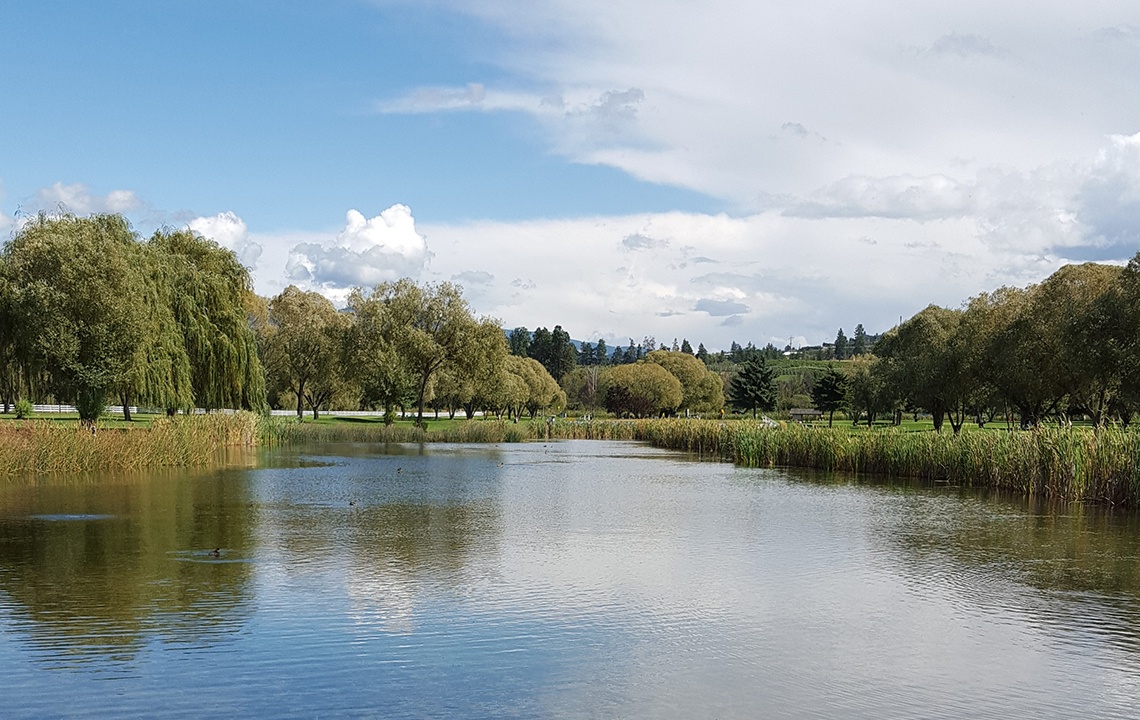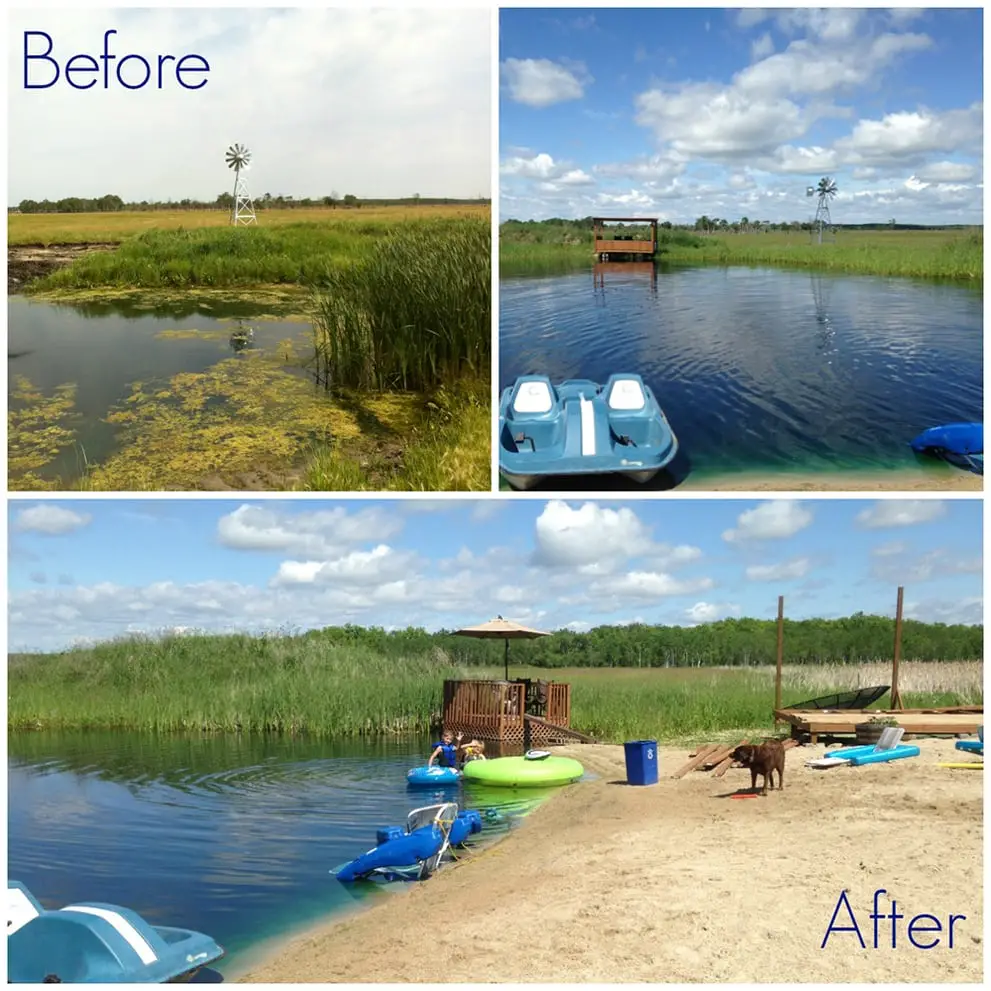Keeping your pond clean is essential for the health and beauty of your aquatic ecosystem. While there are many chemical products available for pond cleaning, opting for natural methods is not only environmentally friendly but also cost-effective. In this article, we will explore various ways to clean your pond naturally without harming the delicate balance of the ecosystem.

Credit: www.btlliners.com
1. Remove Debris Regularly
One of the simplest and most effective ways to keep your pond clean is by removing debris regularly. Leaves, twigs, and other organic matter can accumulate at the bottom of the pond, leading to water quality issues. Use a skimmer net to scoop out debris and keep the water surface clear.

Credit: rethinkrural.raydientplaces.com
2. Use Aquatic Plants
Aquatic plants not only add beauty to your pond but also play a crucial role in maintaining water quality. Plants like water lilies, water hyacinth, and duckweed absorb excess nutrients from the water, preventing algae growth. Introduce a variety of aquatic plants to help filter the water naturally.
3. Install a Pond Aerator
A pond aerator helps increase oxygen levels in the water, which is essential for the health of fish and other aquatic organisms. Oxygenating the water also promotes the growth of beneficial bacteria that break down organic matter, reducing the risk of algae blooms and foul odors.
4. Use Beneficial Bacteria
Beneficial bacteria are essential for breaking down organic waste in the pond. These bacteria help convert fish waste, uneaten fish food, and decaying plant matter into harmless byproducts. Adding beneficial bacteria to your pond regularly can help maintain water clarity and quality.
5. Barley Straw Treatment
Barley straw is a natural and effective way to control algae in ponds. When barley straw decomposes in water, it releases compounds that inhibit the growth of algae. Place a small bale of barley straw in your pond to prevent algae blooms and keep the water clear.
6. Use a Pond Vacuum
If your pond has a significant buildup of sludge and debris, consider using a pond vacuum to clean the bottom. A pond vacuum allows you to remove sediment, leaves, and other debris without draining the pond. Regular vacuuming can help prevent nutrient buildup and improve water clarity.
7. Maintain Proper Water Levels
Keeping the water level in your pond consistent is essential for the overall health of the ecosystem. Evaporation can cause water levels to drop, leading to concentrated nutrients and poor water quality. Ensure that your pond is topped up regularly to maintain the proper water balance.
8. Natural Filtration Systems
Consider incorporating natural filtration systems like bog filters, wetlands, or biofilters in your pond design. These systems use plants, rocks, and beneficial bacteria to filter out impurities and maintain water quality. Natural filtration systems are not only effective but also blend seamlessly with the aesthetic of the pond.
9. Control Fish Population
Overstocking your pond with fish can lead to excess waste production, causing water quality issues. Monitor and control the fish population in your pond to prevent overcrowding. Maintaining a balanced fish population ensures that the ecosystem remains healthy and the water quality is optimal.
10. Regular Maintenance
Lastly, regular maintenance is key to keeping your pond clean and healthy. Inspect the pond regularly for any signs of algae, debris buildup, or water quality issues. Addressing problems promptly and following a consistent maintenance routine will help prevent larger issues in the future.
Conclusion
Cleaning your pond naturally is not only beneficial for the environment but also for the overall health of your aquatic ecosystem. By implementing these natural cleaning methods and practices, you can maintain a clean, clear, and thriving pond without the use of harmful chemicals. Remember to observe your pond regularly, make necessary adjustments, and enjoy the beauty of a naturally clean pond!




